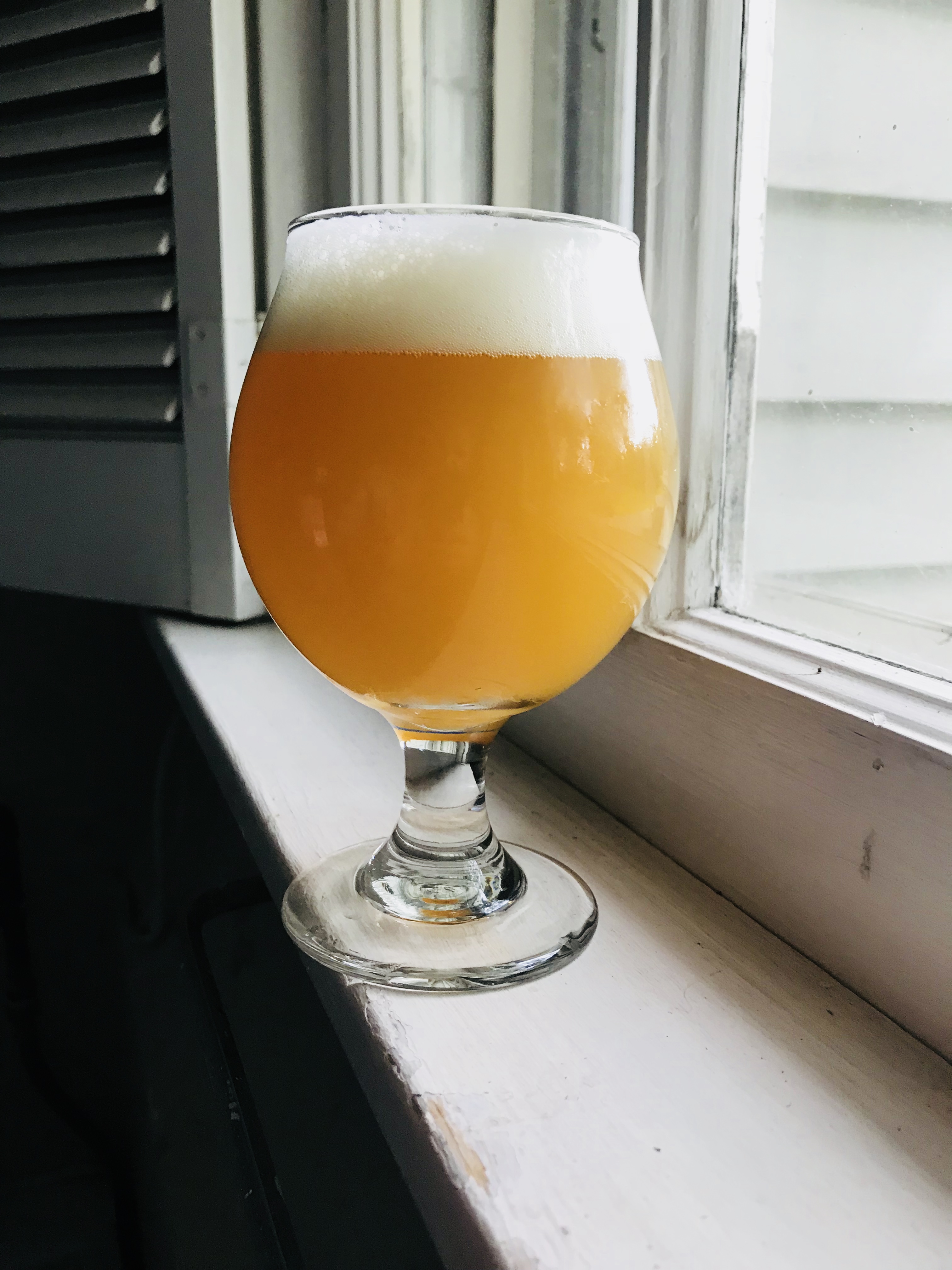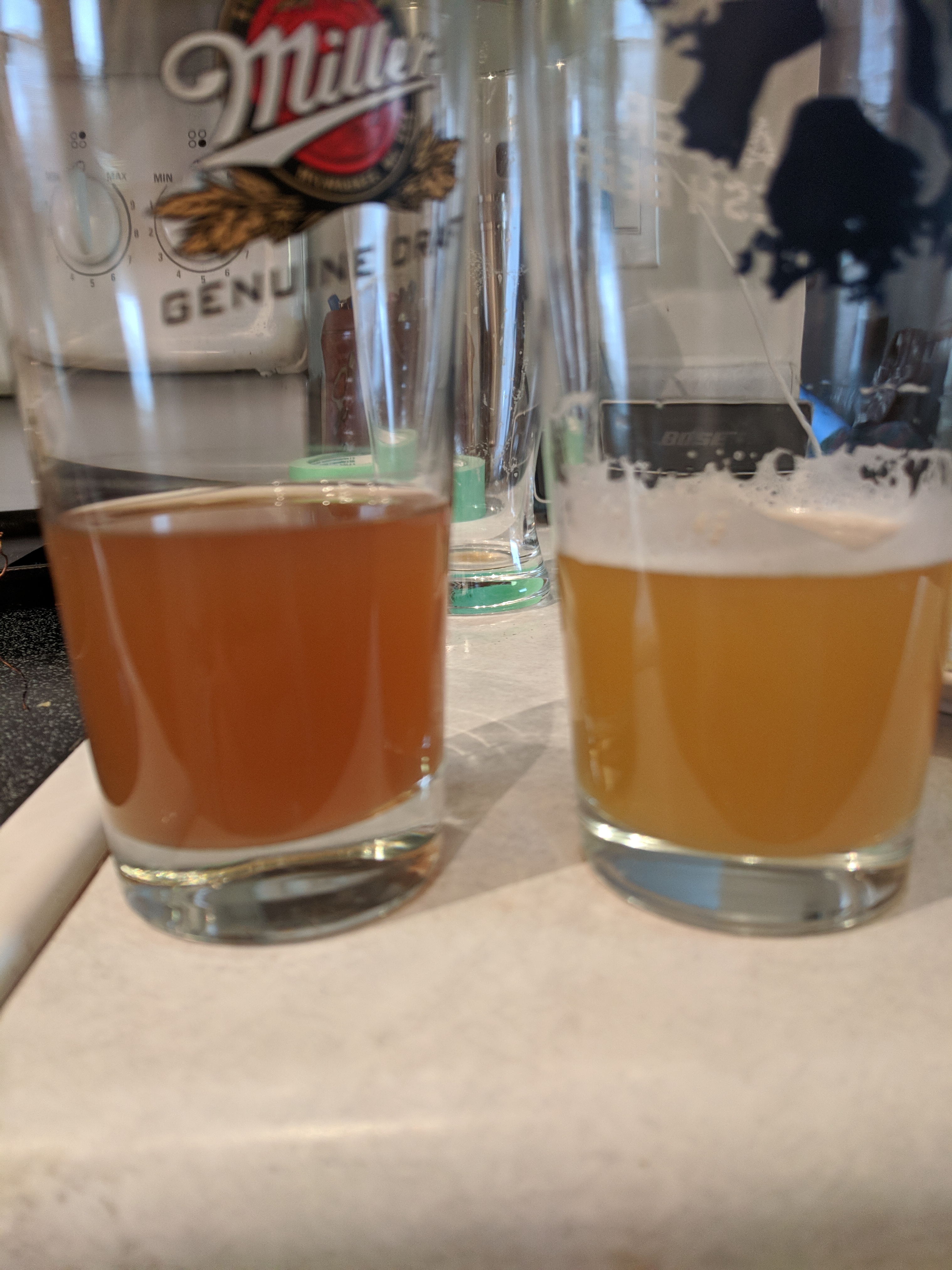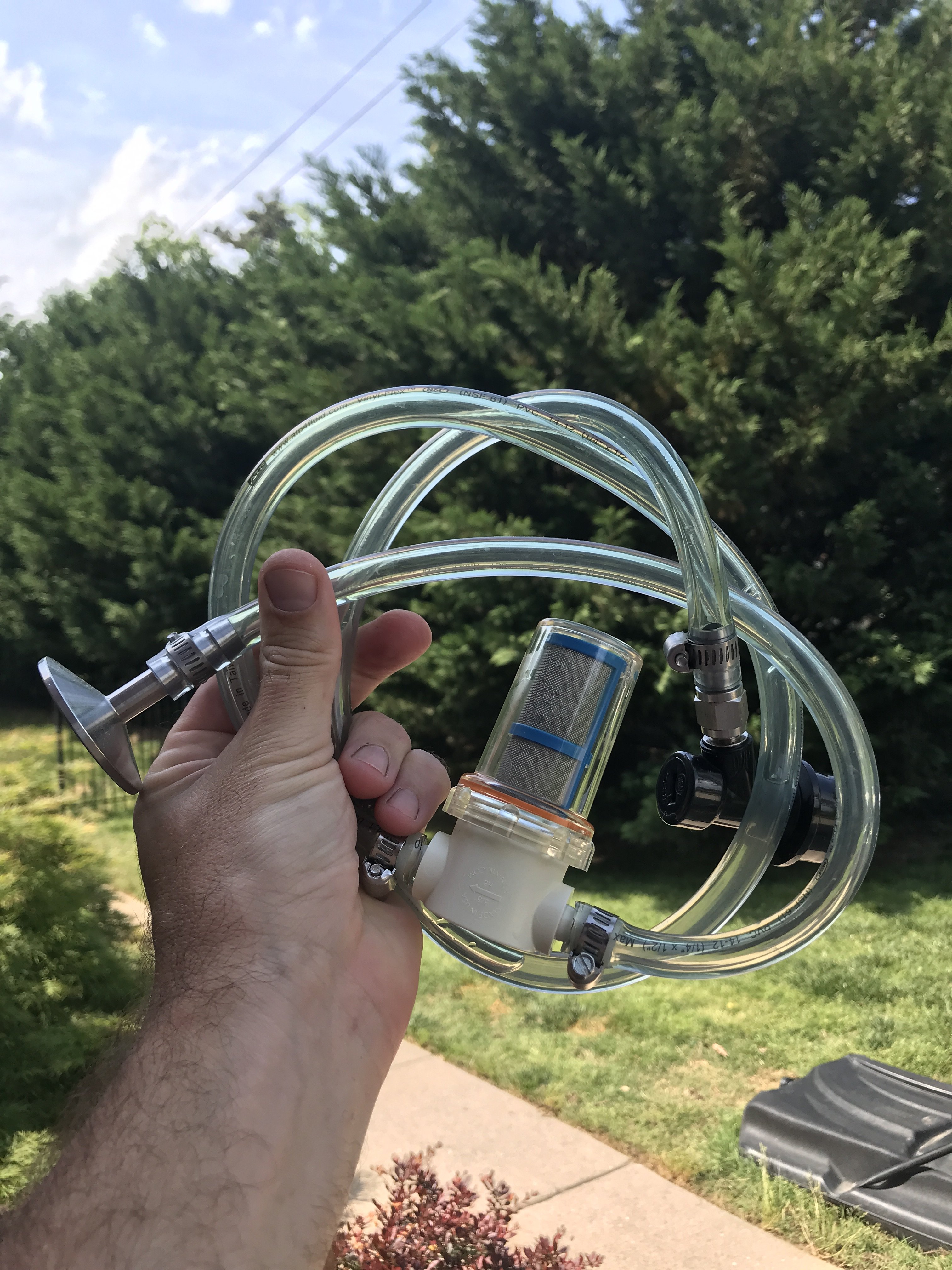ttuato
Well-Known Member
I have read to Chapter 8 of Janish book so far - lots of great info and science explanation behind what we do (be warned - very scientific language used at times). I won't provide a bunch of spoilers but I do want to point out interesting process tweaks based on scientific tests regarding yeast / fermentation schedule for Ale yeast & dry hopping for NEIPA to increase esters & reduce unwanted non-fruity hop oils or astringency from polyphenols. (This is not overtly stated in book - I pieced this together.)
There are few other pearls that I have gathered too. The above has me the most excited so far to try with NEIPAs and some process tweaks to improve my lager brewing that I learned. I strongly recommend everyone add this book to their brewing library.




- Overpitch yeast - leads to increased esters (this was new info to me - not sure I will try this though)
- Pitch warm (3-5 degrees higher than top of your specific yeast temp range) and continue chilling to desired temp ---- leads to increased esters and possibly greater glycerol (max glycerol production in first 18hrs) (this was new info to me- definitely gonna do this since summer)
- Ferment on the warm side of the schedule - (temp that highest on scale for your yeast - usually 72-74) - increases fruity esters (no surprise here)
- Approximately 60hrs after pitch yeast, DROP the temp to lowest temp for your specific yeast (usually 60-64*) - leads to significant increase in esters. (this was new info to me - for sure gonna do this). Hold this low temp for approximately two days and add first small dryhop (no more than 3-4oz & make sure to do LODO process)
- This should have you around day 5-6. Allow the temp to freerise back to the high end of the ferm schedule for the yeast (~72-74) hold this for 5 days add another small dryhop if desired (no more than 2-3oz & make sure to do LODO process
- Day 10-11 - Crash it to around 58* hold for a day for the yeast to crash then add final dryhop (no more than 3-4oz & make sure to do LODO process). After 24hr crash completely - get the beer transferred off the final dryhop in under 48hrs
- In case you didn't notice the recommendation is small dryhop charges spread across 2-3 charges, including a biotrans dryhop - this reduces astringency from polyphenols & "green" hop oils and increases extraction efficiency of the hops - in turn this makes the beer drinkable sooner. (Not necessarily new info but I am gonna try the triple dryhop instead of my usual double to see if different).
There are few other pearls that I have gathered too. The above has me the most excited so far to try with NEIPAs and some process tweaks to improve my lager brewing that I learned. I strongly recommend everyone add this book to their brewing library.




Last edited:


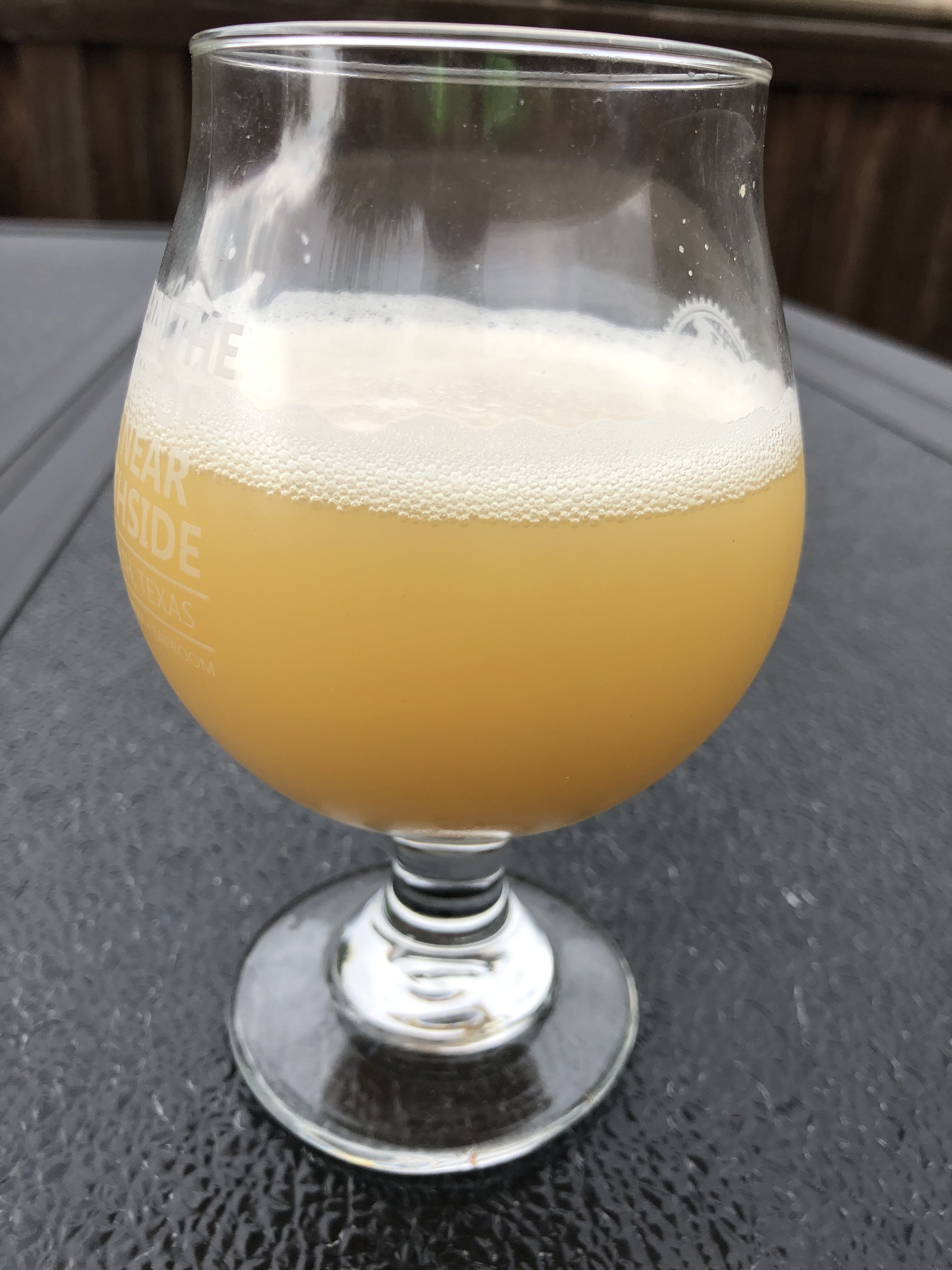
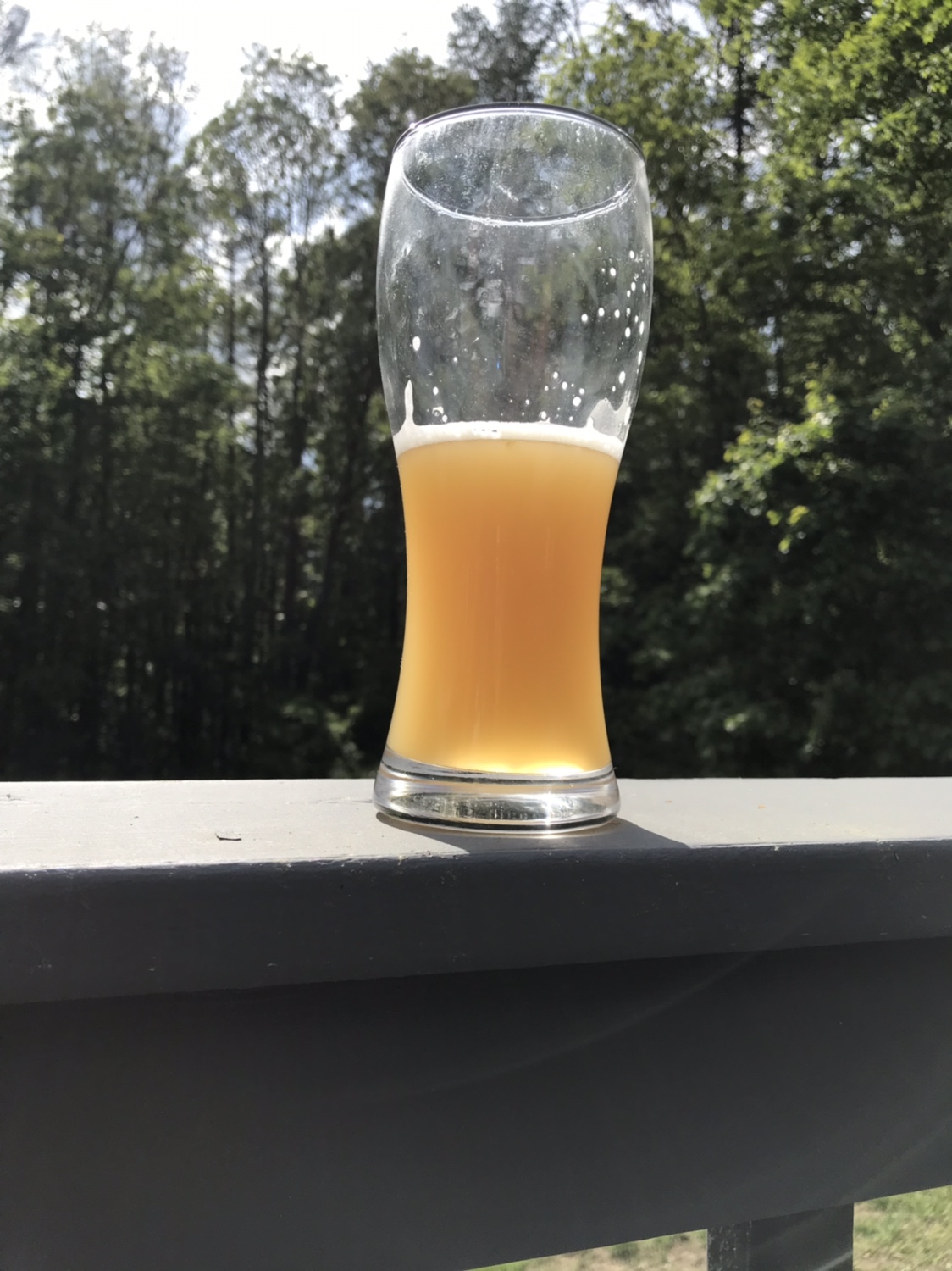




















![Craft A Brew - Safale S-04 Dry Yeast - Fermentis - English Ale Dry Yeast - For English and American Ales and Hard Apple Ciders - Ingredients for Home Brewing - Beer Making Supplies - [1 Pack]](https://m.media-amazon.com/images/I/41fVGNh6JfL._SL500_.jpg)



































